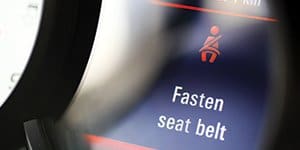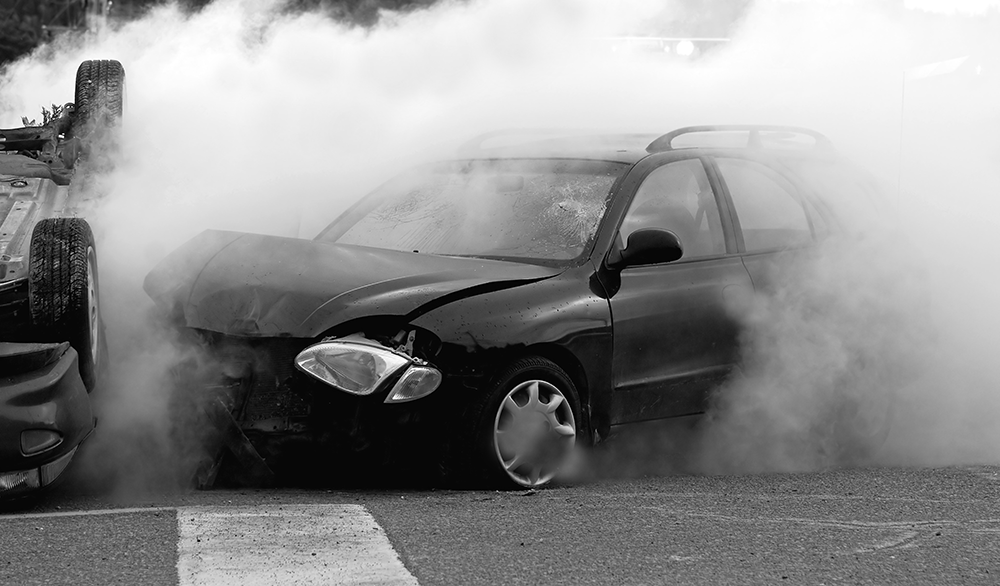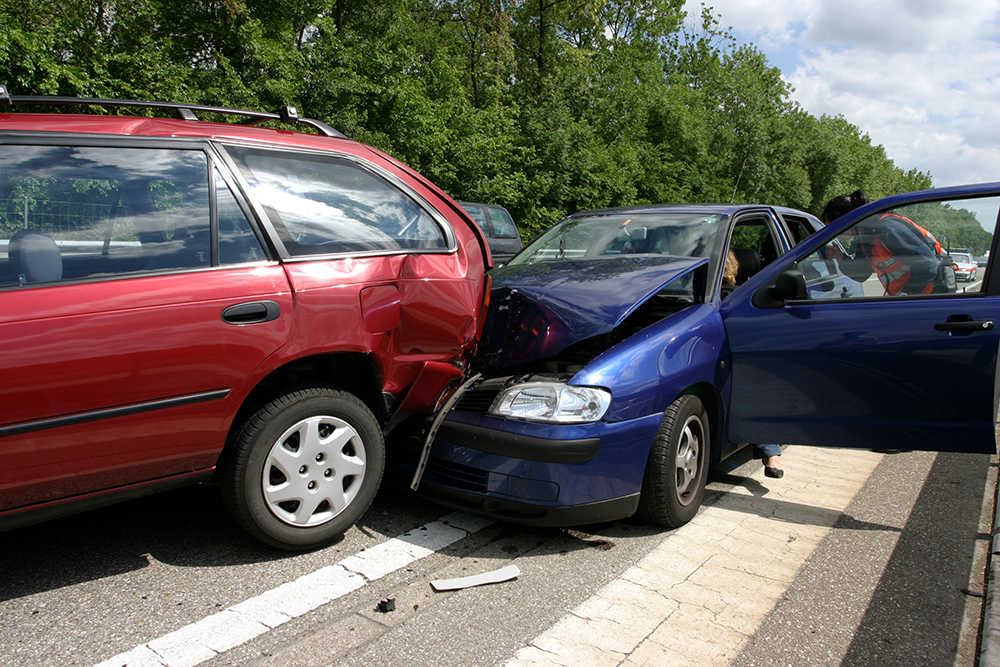If an unfortunate incident results in the death or serious injury of a loved one, then you should hire a wrongful death lawyers to represent your interests. Each attorney in our personal injury law office has handled a minimum of wrongful death cases and catastrophic injury claims that have happened right here in Florida. Not all lawyers who practice personal injury law and handle wrongful death claims which is why it is important to hire an injury lawyer that is experienced in Florida wrongful death lawsuits and insurance claims.
Phase One Is Pre-Crash
New vehicles are better prepared to save lives and lessen injury severity than ever before. The few seconds or less that precede a collision is used by electronic sensors to evaluate the immediate threat. The sensors determine another vehicle’s or object’s proximity and the seating positions of the occupants of the vehicle. This sequence prepares the passive safety devices, including belt pretensions, to adapt to the specific needs of the occupants prior to the impact. This type of sensor activity increases the life-saving ability of all the passive safety devices in the vehicle.
Phase Two Is The Actual Crash
As the vehicle impact occurs, the electronic sensing devices record the severity of the impact and the direction of the vehicle’s movement. The control unit that for the airbags processes the information instantly and the bags are deployed. Seat belt restraint systems are also activated instantly to protect the passengers of the vehicle.
Phase Three Is The Post-Crash
Once the impact is over, the safety systems continue their work. The vehicle’s fuel supply is interrupted by the airbag control unit, which is the same device that opens the locks and takes over the electrical system. Newer model cars can send an emergency distress signal pinpointing the vehicle’s exact location allowing emergency vehicles to be rapidly dispatched.
Passive Car Safety Devices
Seat Belts
When seat belts are properly used, both fatalities and serious injury are reduced. Seat belts prevent passenger ejection from the vehicle, which mitigates the risk of additional and life-threatening injuries or death.
Child Safety Seats
Every year, almost 500 children between four years of age and eight years of age lose their lives in vehicle collisions. The proper use of booster seats can save the lives of many children. Infant seats, toddler seats, and booster seats must be properly installed in order to reduce the risk of injury and death to the child. Improperly installed seats can contribute to serious injury. Safety courses are offered by many organizations and have proven successful. Many parents never realized their child’s safety seat was installed improperly, until attending a course.
Head Restraints
Whiplash is responsible for many painful and serious neck injuries. Head restraints for both front and rear passengers have proven to reduce the number of serious neck injuries. Movement of the head is limited when the head restraint is properly adjusted to the individual driver or passenger. The top of your head restraint should be at the top of your head, and the restraint itself should be as close to your head as possible. Once you have properly adjusted the head restraint, it should lock into place. If it will not lock into place, the restraint needs to be replaced.
Your car’s passive safety features improve the safety for all of the vehicle’s occupants. It is your responsibility to be sure they are properly maintained and in good working order. Lives are saved and injuries are mitigated when a vehicle is outfitted with up-to-date passive safety features.





